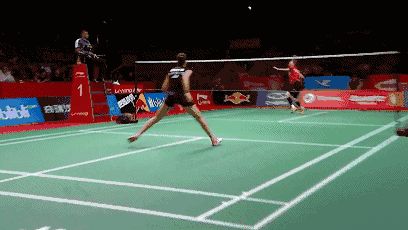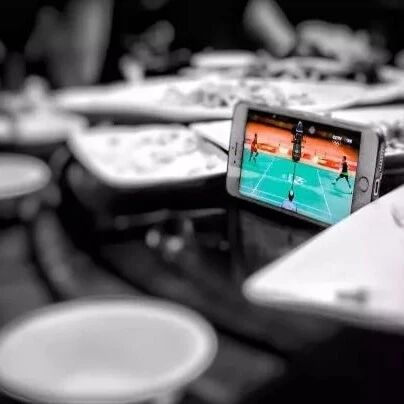Player: Is that Yao Yao Ling? Someone’s trying to kill me! Police: Where is it happening? Player: At the badminton court.
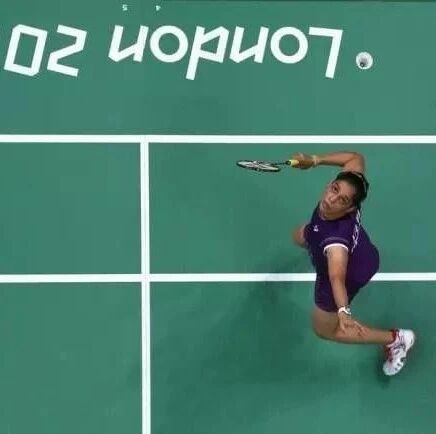
Buddy: 110—someone’s trying to kill me!
Police: Where is it?
Buddy: At the badminton court,
Police: Are you okay for now?
Buddy: No worries for now—he’s tried several times to kill me, but hasn’t succeeded yet!
When playing badminton, the most stylish move has to be the smash—and among smashes, the coolest one is undoubtedly "hitting the shuttlecock straight into the ground in one fluid motion."
"Smashing the shuttlecock down," is performed near the center of the court, involving a high jump followed by a powerful downward smash, aiming for an exceptionally high hitting point to send the shuttlecock swiftly downward.
"Smashing" it into the ground—this is also an impossible shot for the defender, since the ball isn’t just fast; its landing spot is simply out of reach.
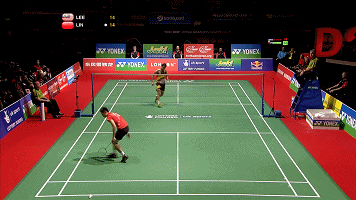
Lee Chong Wei—this is the most direct experience of "hitting it dead solid."
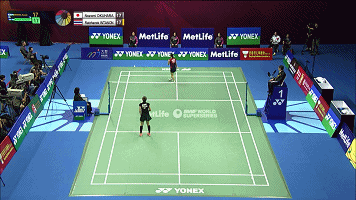
A light downward push is similar to a smash.
Step 1: Footwork—Before preparing to smash, first turn sideways with your left foot forward, ensuring both toes are firmly planted on the ground. Then, quickly retreat backward using a swift stepping motion, positioning the hitting point slightly ahead and above your right shoulder. If the hitting point is too far back, you’ll end up hitting only high shots.
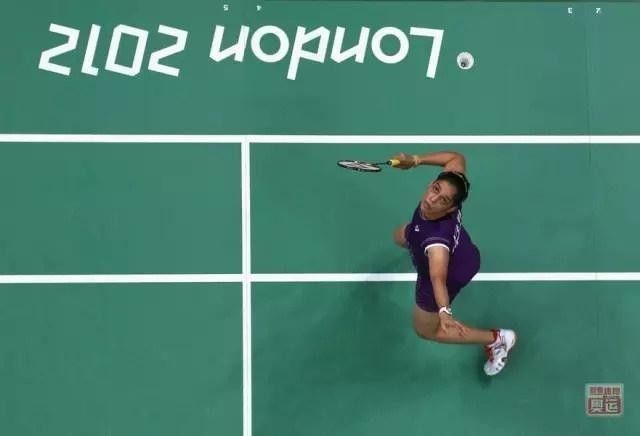
Step 2: Prepare your swing—position your right arm at a 45-degree angle or slightly wider, with your left hand forward to maintain balance. Keep your eyes fixed on the incoming ball, assessing its height, speed, and landing point.
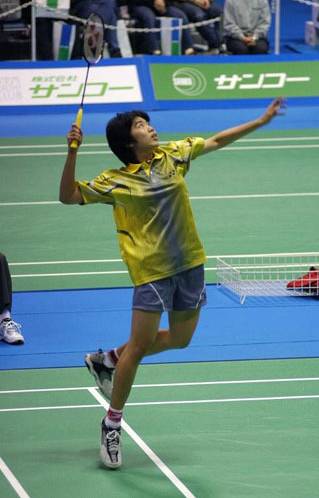
Step 3: As the shuttlecock begins to fall, initiate your jump—keeping both knees slightly bent to prepare for takeoff. Propel yourself upward by pushing off the ground with the tips of your feet, aiming to deliver a powerful smash. Immediately after smashing, pivot quickly, landing first with your left foot positioned behind you. Once your right foot touches down, swiftly return to the center of the court. (Typically, players opt for a single-leg jump and aim to leap as high as possible based on their individual abilities.)
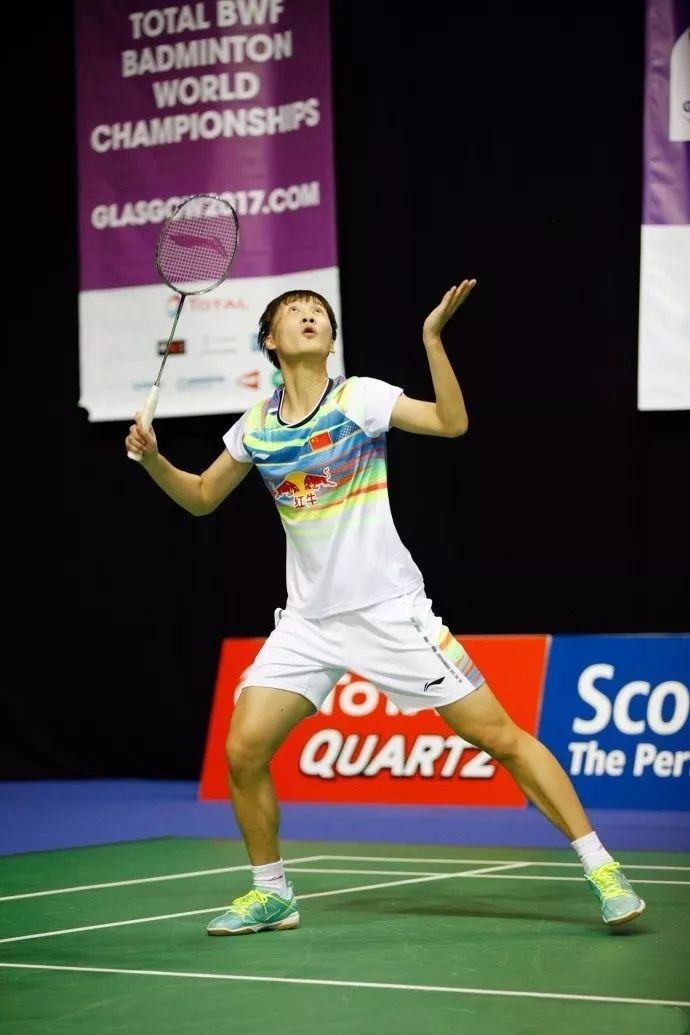
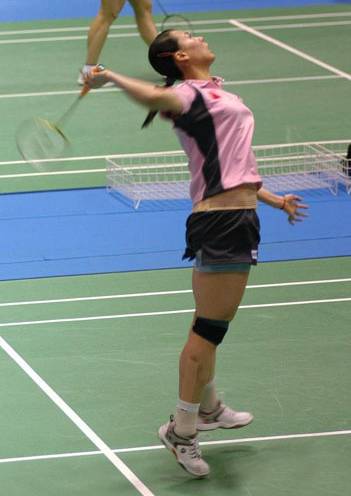
Let's look at it from a different angle—notice carefully how her racket-holding hand has already shifted from the forehand grip (where the index finger is slightly forward) to a fist-like grip (with the index finger now retracted). Still, her fingers remain relaxed at this point, without tightening up or applying any force.
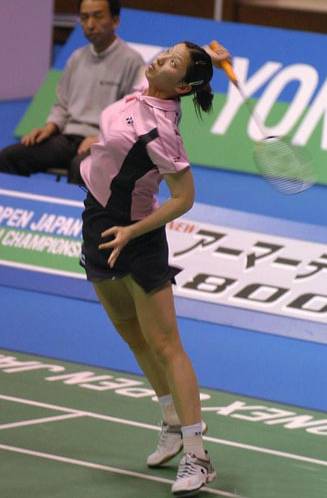
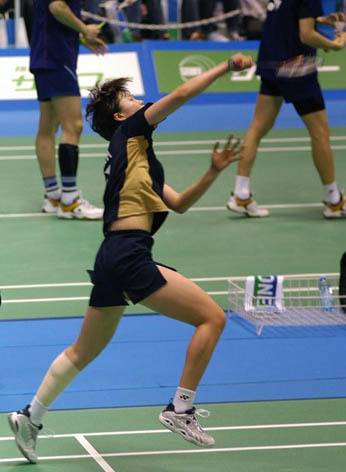
Step 6: Swing your entire arm like a whip—your head acts as the whip’s tip. As you strike the ball, instantly tighten and power up with your fingers. Aim for the impact point slightly ahead of your forehand side. Keep in mind that your right foot has already shifted forward, preparing you to move quickly toward the net. Someone jokingly remarks: "If you can see your belly during this motion, you’re doing it right!"
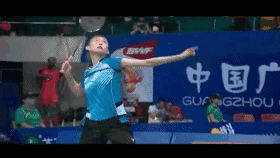
Step 7: Wrap Up
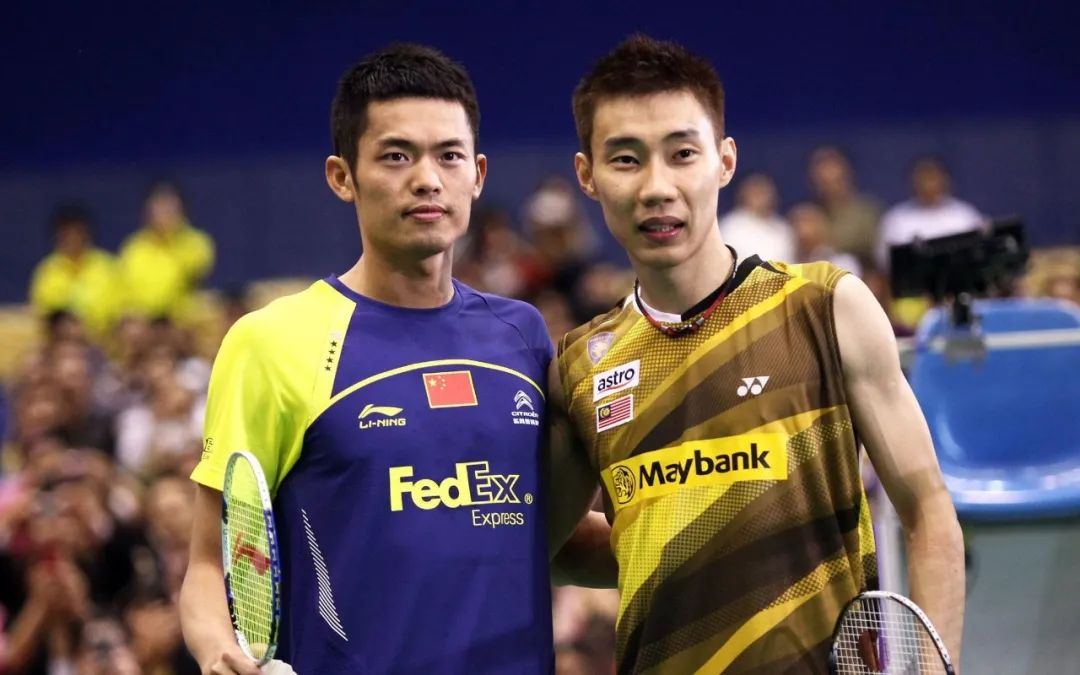
Challenges in learning the smash:



